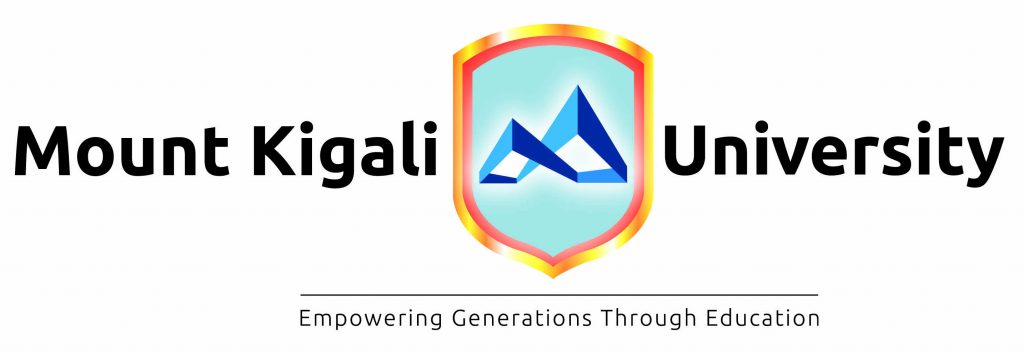Rwanda is witnessing a significant increase in refugees arriving from eastern Democratic Republic of the Congo (DRC), as renewed fighting and insecurity continue to displace thousands of civilians. Border points in Rubavu and Rusizi have reported heightened movement in recent months, with families fleeing violent clashes involving armed groups operating in North Kivu and surrounding areas.
According to the United Nations High Commissioner for Refugees (UNHCR), Rwanda hosted approximately 135,000 registered refugees and asylum‑seekers as of January 2024, with about 62 % coming from the DRC.
In 2023 alone, Rwanda recorded an influx of over 12,000 asylum‑seekers from the DRC, of which 7,290 were registered across several camps. The crisis in eastern DRC is enormous: over 5.6 million internally displaced people, plus nearly 1 million refugees abroad.
Upon arrival, refugees often travel on foot for days, carrying only basic belongings. Many are women and children, some separated from family members during the journey. They are initially received at border centers for health screening and registration before being moved to camps such as Kiziba in Karongi District and Mahama in Kirehe District, which have expanded capacity to accommodate Congolese arrivals.
The Government of Rwanda, working closely with UNHCR and other partners, has scaled up shelter, food assistance, healthcare, and education for displaced families. According to UN sources, about 80 % of the refugee population in Rwanda remains highly vulnerable and dependent on humanitarian support. The United Nations in Schools in the camps are seeing increased enrolment, and vocational training in tailoring, carpentry, and small‑scale agriculture is being offered.
Despite these efforts, the rising numbers strain land, social services, and resources in host areas. Humanitarian agencies warn that additional funding will be needed to maintain living conditions and support both refugees and host communities. For example, one UN report noted that funding for Rwanda’s refugee programmes in 2024 was only about 18 % secured.
The growing refugee influx reflects a deeper problem: ongoing conflict in eastern DRC. On 21 February 2025, the United Nations Security Council issued a resolution demanding that the M23 cease hostilities, withdraw from occupied areas, and return to diplomatic talks with Rwanda as a matter of urgency. Later, on 24 April 2025, the DRC government and M23 signed a truce agreement in Doha under Qatari mediation, committing to a ceasefire and rejecting hate speech and intimidation.
More recently, on 14 October 2025, both sides agreed to form a monitoring body to oversee a potential permanent ceasefire, including representatives from the DRC government, M23, and the International Conference on the Great Lakes Region (ICGLR), with logistics supported by the UN mission in the country.
These developments mark a step toward peace, but implementation remains challenging. Violence by M23 and allied groups continues, including documented attacks on civilians in North Kivu between July 9 and July 21, 2025, where at least 319 people were killed according to the UN.
For Rwanda, the refugee influx is both a reminder of its past and a test of its present. The country continues to uphold its asylum commitments and host the displaced, but the rising numbers underline the importance of ending the conflict upstream. Sustainable peace in eastern DRC is not just a regional security goal; it is a humanitarian necessity. With the right peacebuilding actions and international support, the violence, displacement, and pressure on neighbouring countries like Rwanda can be reduced




